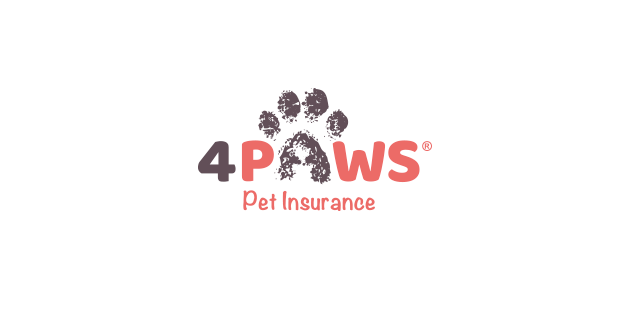21 Sep Top Tips to Prevent Dog Theft
We all like to believe that everyone loves and cares for our dogs and pups as much as we do, however it’s a sad reality that dog theft cases have risen dramatically in the UK since 2019.
Stats gathered by The Kennel Club have shown that there were over 2,300 reported cases of dog theft in 2020 and this number is still rising in 2021.
Dog theft is a crime under UK legislation as a stolen pet is regarded as stolen property. However, with a staggering 98% of reported cases never resulting in a criminal charge, the best thing you can do to protect your pup is to be vigilant and follow our top tips for preventing dog theft.
Identification
Rule 101 of owning a pet is to get them microchipped as soon as they’re old enough. This is an easy way for anyone who finds your dog to be able to track you, as the owner. Make sure to keep your contact details up to date especially if you’ve recently moved home or changed your phone number.
As well as this, make sure that your dog has a collar and wears this at all times whilst out of the house. It’s good to have your contact details on the collar too.
Current guidance is not to include your dog’s name on their collar, in the hopes of making it harder for thieves to entice your dog over. It’s also a good idea to include whether they’ve been neutered in a bid to deter further.
Leaving the house
As much as our dogs enjoy the excitement of ‘walkies’ and love to meet new people, it’s out-and-about where they’re most in danger.
Beware of strangers displaying any suspicious behaviour. This includes anyone asking questions about your dog, wanting to stroke them, vehicles slowing down when around you etc.
It’s a good idea to vary your walking routes and times in case your dog has been watched previously. Also avoid remote, isolated areas and stick to busy dog-friendly parks. It’s a good idea to walk in pairs or with more than one person.
A few extra tips include:
- Don’t leave your dog tied up outside shops
- Don’t leave your dog alone in a car
- Only let your dog off their lead if you’re confident they will come back and you’re not in an unfamiliar/larger area
Whilst at home
It’s easy to think that your pooch will be safe at home, but when you let your dog out into your gardens they’re still at risk. Ensuring your garden is completely secure is a barrier preventing anyone from entering.
As well as this, make sure your dog is always in view or supervised. It’s also a good idea to take down any signs that indicate you own a dog.
If you leave your dog in the care of someone else it’s also important to take care of who you’re trusting. If you need a dog walker or kennels, ensure to do as much research as you can, check references and choose a reputable company where possible. You can also read our previous blog, how to find a good dog walker.
Social media
Social media plays a big part in our everyday lives. But with so many personal details online for the world to see, it is advised to reduce the number of photos you post of your dog and avoid tagging locations.
Although, make sure to take and keep plenty of images of your pet on your phone or laptop in the event that you need to prove ownership.
What to do if the worst happens…
Report the theft to the police straight away and make note of your crime reference number. You should always stress to the police that your dog is stolen rather than missing, this will ensure the incident is dealt with correctly.
Next, you can notify your microchip database provider so that if your dog is located and/or brought into a vets, the microchip will report the pup as stolen.
After this, any effort that will raise awareness of the theft is useful, this includes social media posts and shares, contacting animal centres and local vet practices, printing flyers and using missing/stolen animal websites such as Doglost.
Top tip, if you’re using social media to attempt to locate your stolen dog, make sure your accounts are set to public so that your posts are shareable far and wide.




